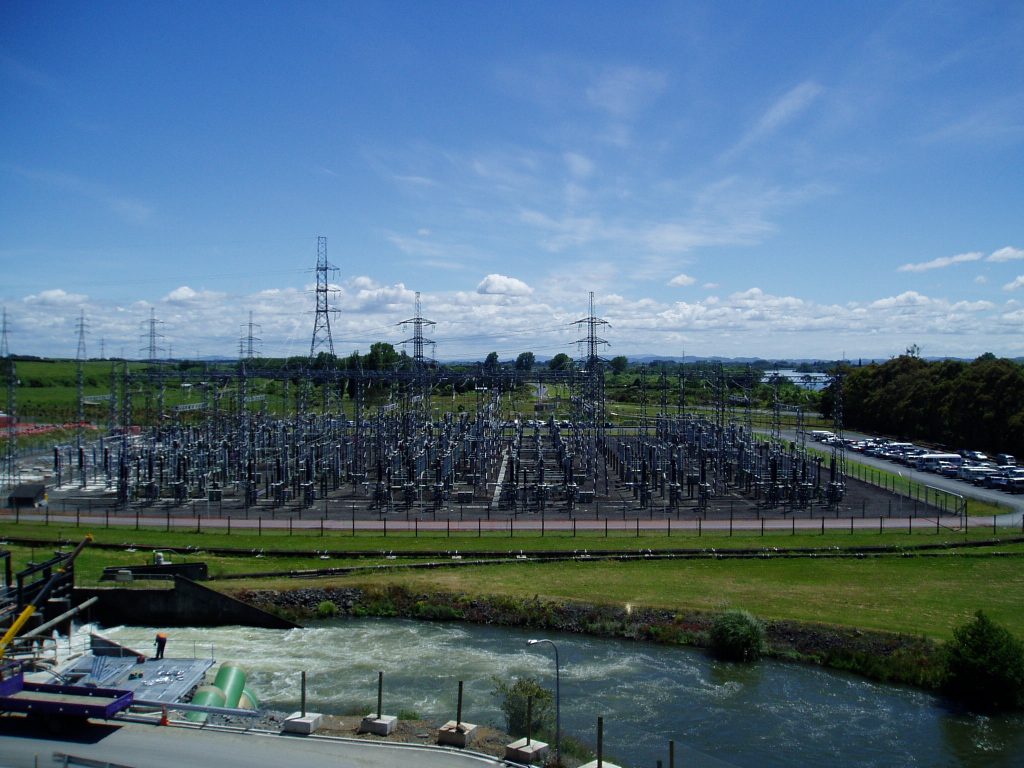Intelligent Electronic Devices
Electrical protection is as fundamental to the generation, transmission and distribution of electricity as generators, transformers and transmission lines. A couple of decades ago microprocessor based relays replaced the traditional electromechanical types and from then on, there is an increasing usage in the various types of protection relays and other Intelligent Electronic Devices (IEDs). This was due to the many components in an IED that are similar and in some cases identical between substation protection, control, monitoring and recording devices. Microprocessor technology was extensively used by manufacturers of devices required by the different domains in the substation. Protection relay manufacturers started implementing protection functions by emulating the principles of electromechanical or solid state relays using numerical methods.
Both manufacturers and end users realized that microprocessor based technology allows the development and application of functions that were impossible in the world of electromechanical devices. This process occurred simultaneously from several directions. Protection relay manufacturers started adding other features like fault locators, measurements and recording capabilities. Advancements in communications and acceptance of standard international or industry protocols resulted in the widespread of substation automation systems and further expanded the functionality of substation IEDs.
The IEC 61850 international standard for substation communications completely changed the traditional ways how protection, control, monitoring and recording has been in the power system industry.
The IEC 61850 standard for communication networks and systems in substations allows the development of high-speed peer-to-peer communications based distributed protection applications that result in significant changes in the ways protection functions are implemented. This replacement of functions implemented in a single device with equivalents using exchange of analogue and status information over the substation local area network has revolutionized the conventional power system protection.
IEC 61850
IEC 61850 is a standard for the design and operation of substation automation systems and is widely used in the electrical power industry. It has had a significant impact on the ways electrical protection, control, and monitoring are implemented.
IEC 61850 has brought about changes due to:
- Communication Standardization
IEC 61850 standardizes communication protocols within substations, promoting interoperability among devices from different manufacturers. It uses Ethernet as the communication backbone, allowing for high-speed and reliable data exchange between intelligent electronic devices (IEDs) in the substation. - Integration of Functions
IEC 61850 integrates various functions such as protection, control, and monitoring into a unified system, improving overall efficiency. Traditional discrete devices are replaced by IEDs, which can perform multiple functions, reducing the complexity of substation design and maintenance. - Data Modeling
The standard introduces a common data model for representing substation data, ensuring consistent interpretation and exchange of information between devices. This allows for seamless integration of devices from different manufacturers and facilitates system expansion or upgrades. - Interoperability
IEC 61850 enhances interoperability by providing a standardized way for devices to communicate and exchange information.
This interoperability allows utilities to choose devices from different vendors based on their specific needs and requirements. - Simplified Configuration and Commissioning
The standard defines a standardized engineering process and language (SCL - System Configuration Language) for configuring IEDs, which simplifies the engineering, testing, and commissioning processes. This leads to reduced configuration time and increased flexibility in adapting to changes in the substation design. - Enhanced Monitoring and Diagnostics
IEC 61850 enables real-time monitoring and diagnostics of substation equipment. It allows for the exchange of detailed information about the state of the substation, enabling better decision-making and more effective maintenance strategies. - Improved Cybersecurity
The standard includes provisions for cybersecurity, helping to secure communication and protect critical infrastructure from cyber threats. It defines security features such as access controls, encryption, and authentication to ensure the integrity and confidentiality of substation data. - Adaptability to Future Technologies
IEC 61850 is designed to be scalable and adaptable to future technologies, making it a future-proof solution for the evolving needs of the power industry.
Proprietary System or IEC 61580
Proprietary systems are Vendor specific, often provide seamless integration with devices from the same manufacturer, ensuring compatibility and optimal performance. The Vendor can tailor proprietary systems to meet specific customer requirements, allowing for customization to suit unique needs. With a proprietary system, you have a single point of contact for support, which can simplify issue resolution and maintenance.
Choosing a proprietary system, however, may lead to vendor lock-in, making it challenging to switch to different vendors or technologies in the future. Proprietary solutions may come with higher upfront costs and ongoing expenses due to limited competition.
IEC 61850 promotes interoperability by standardizing communication protocols, allowing devices from different manufacturers to work together seamlessly.The standard is designed to be scalable, making it easier to expand or upgrade the system over time without major disruptions. IEC 61850 is designed to adapt to evolving technologies, providing a future-proof solution for substation automation.
Implementing IEC 61850 may require a learning curve for engineering and maintenance personnel due to the standardized engineering process. The initial setup and configuration process may be more complex compared to some proprietary systems. While the standard aims for interoperability, there may still be challenges with devices from different manufacturers adhering strictly to the standard.
The choice between a proprietary system and IEC 61850 depends on factors such as system requirements, budget, long-term plans, and the importance of interoperability. Both approaches have their merits, and the decision should align with your specific needs and priorities.
